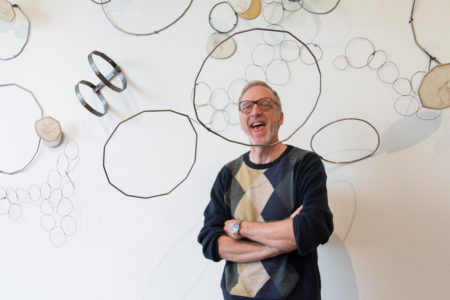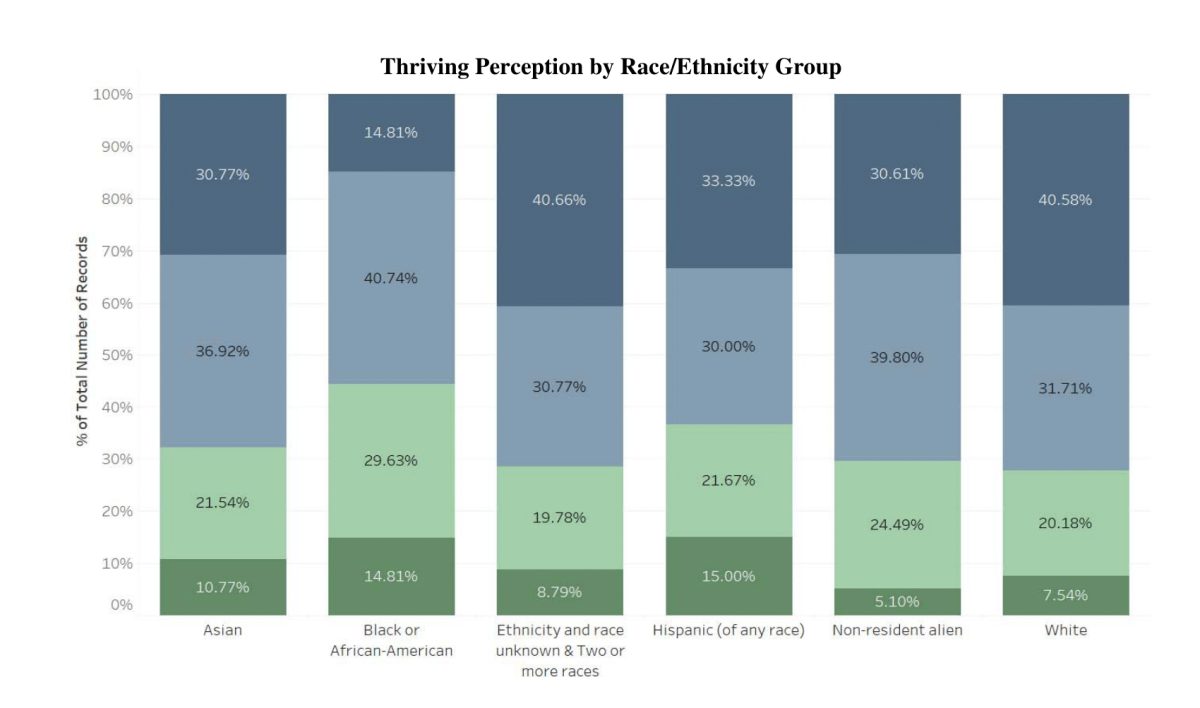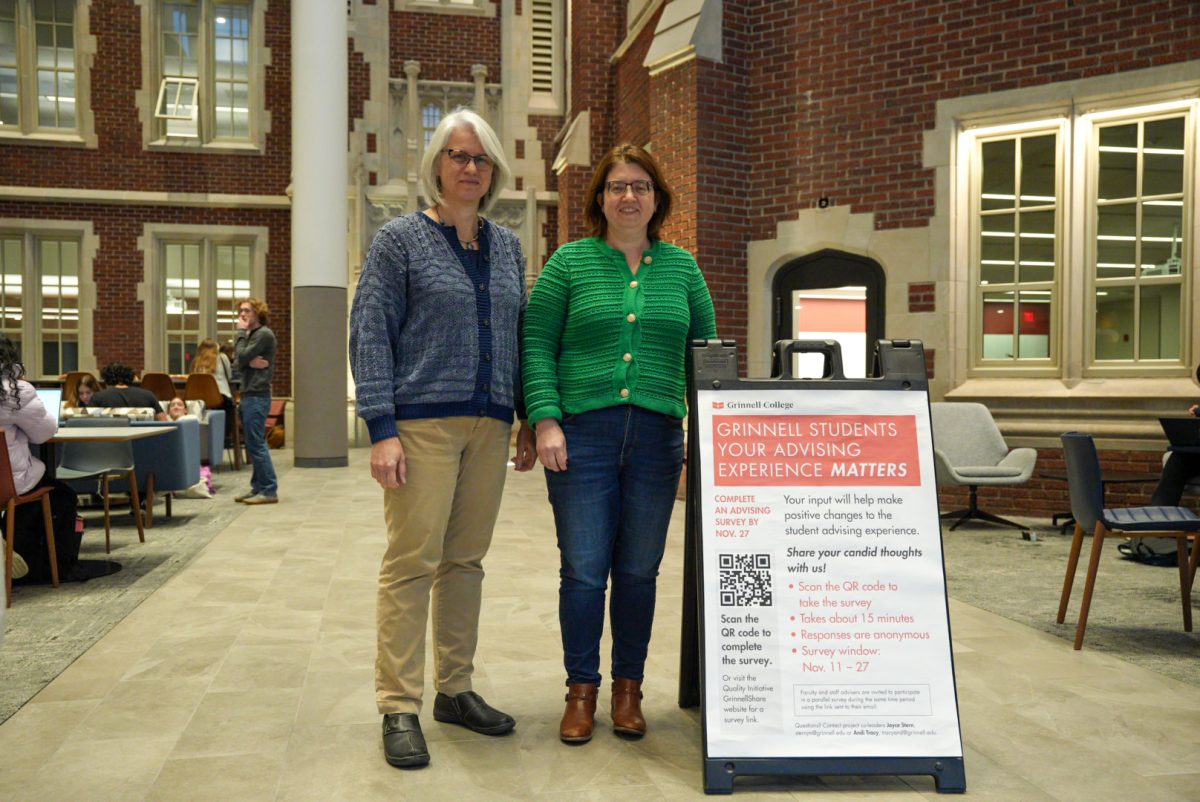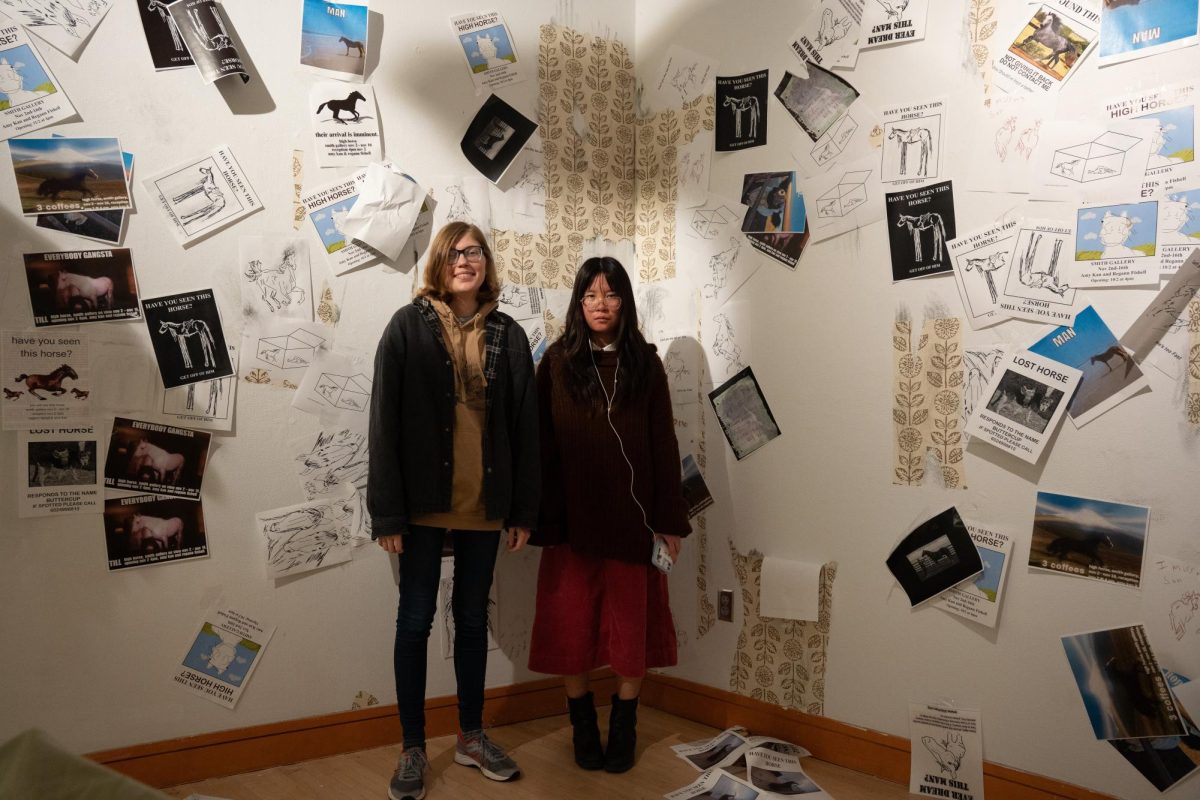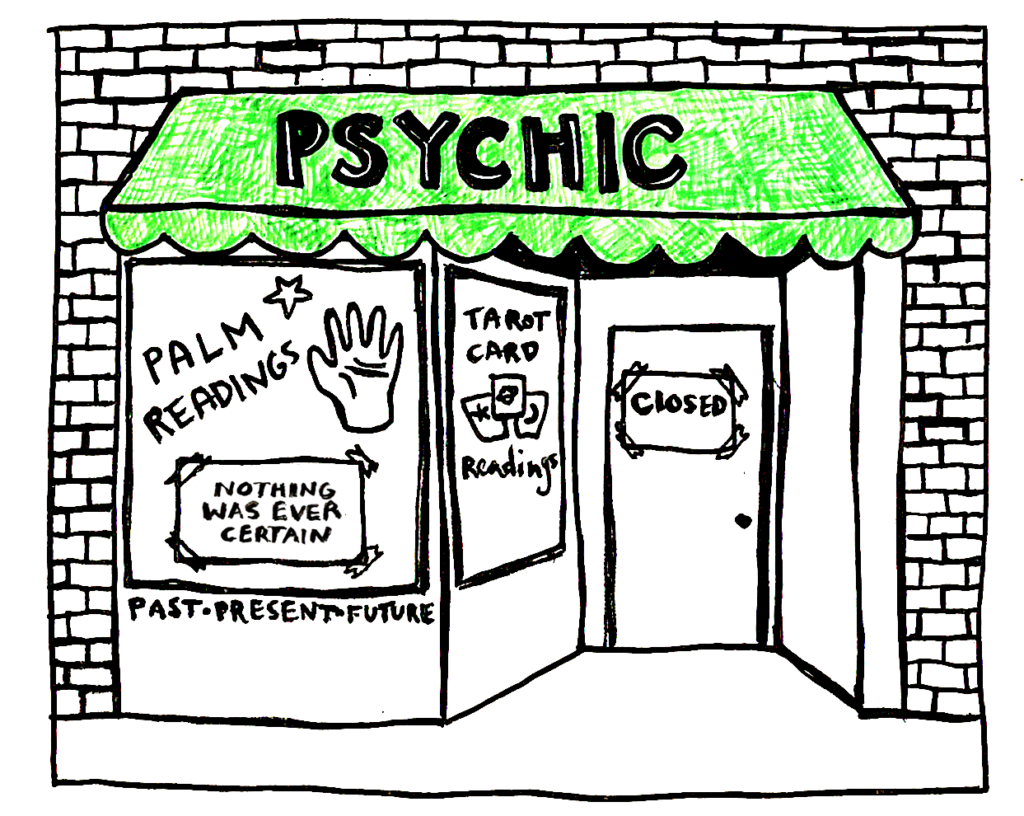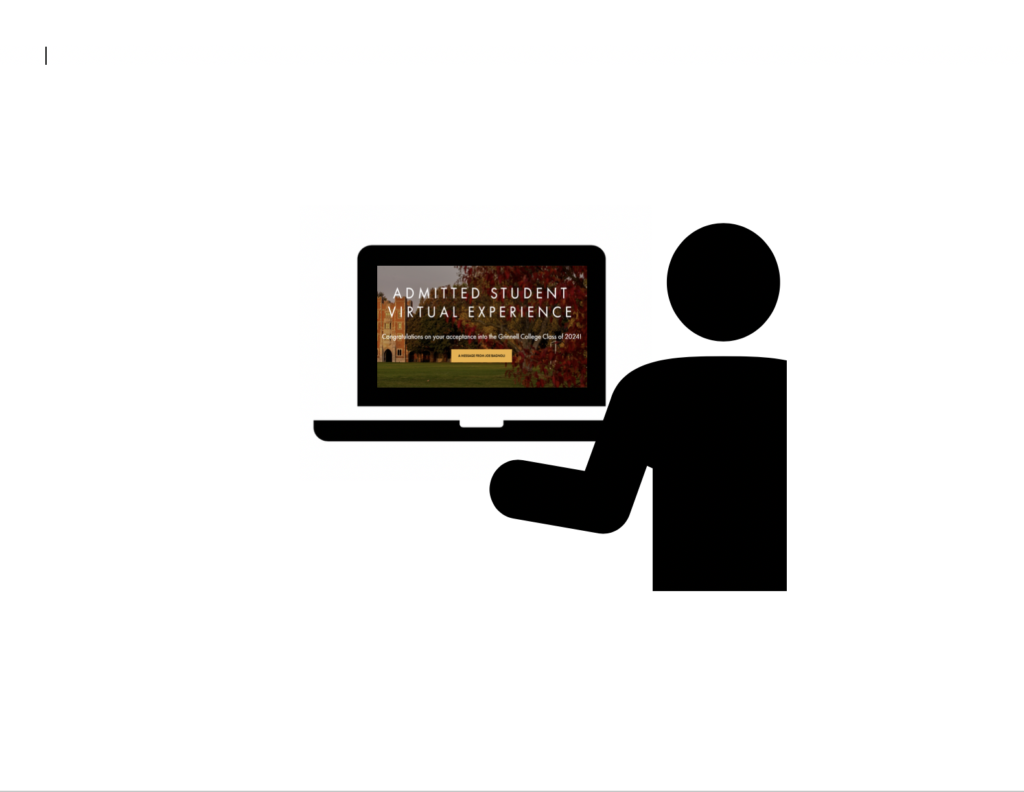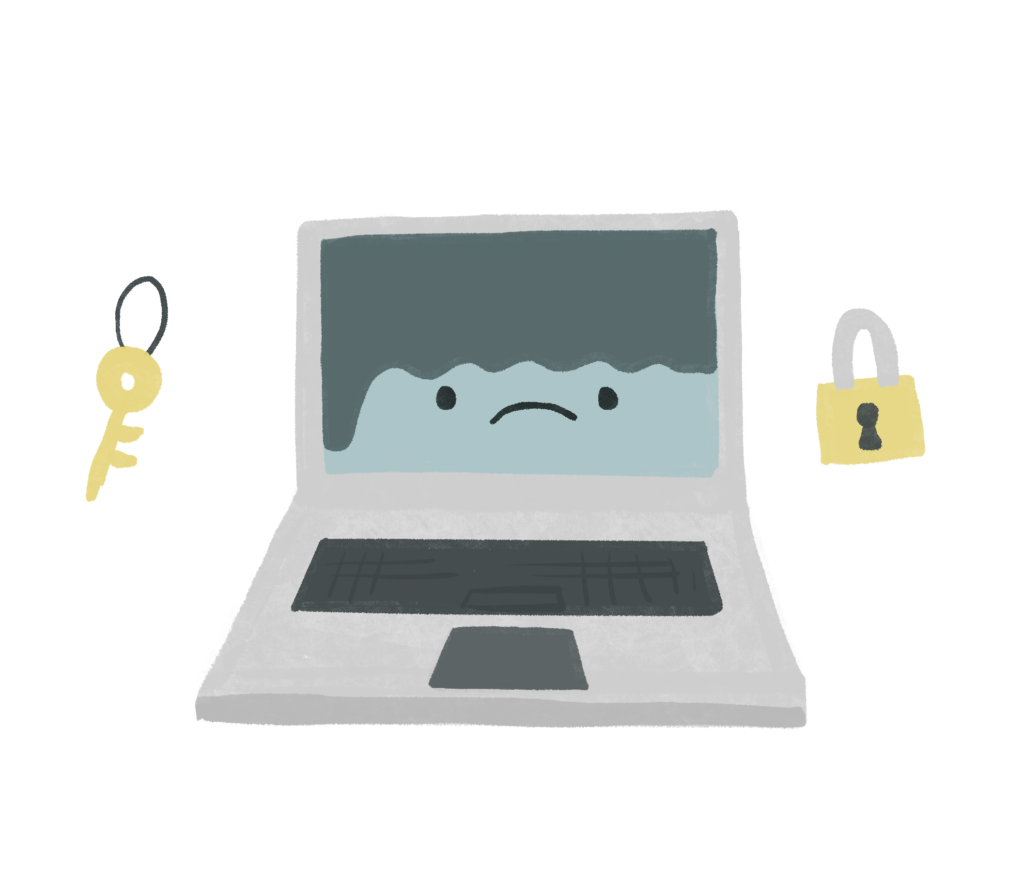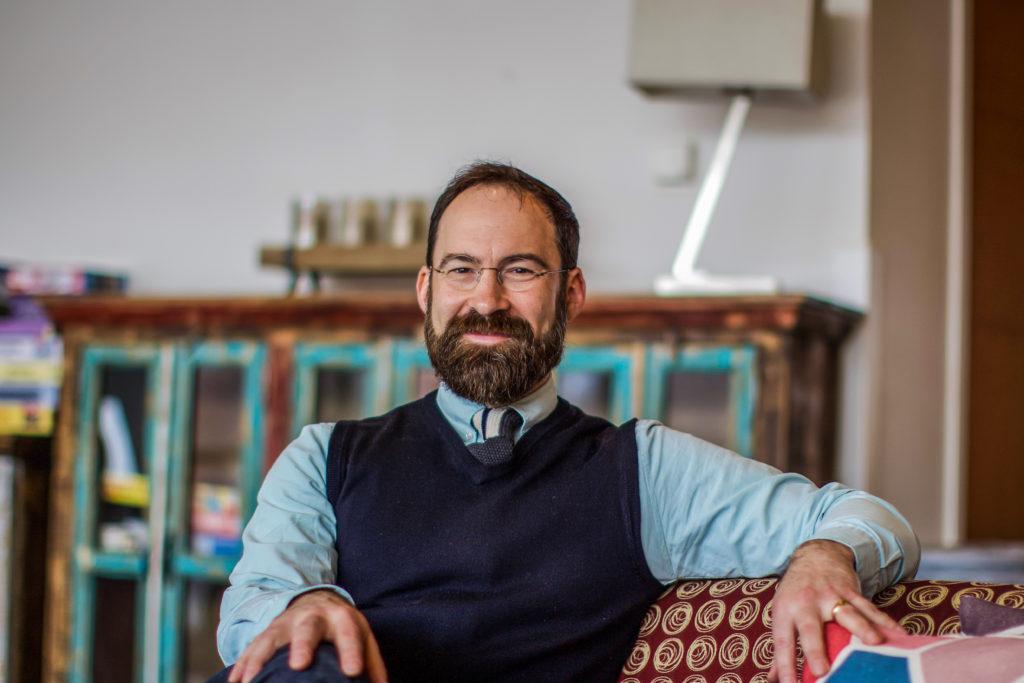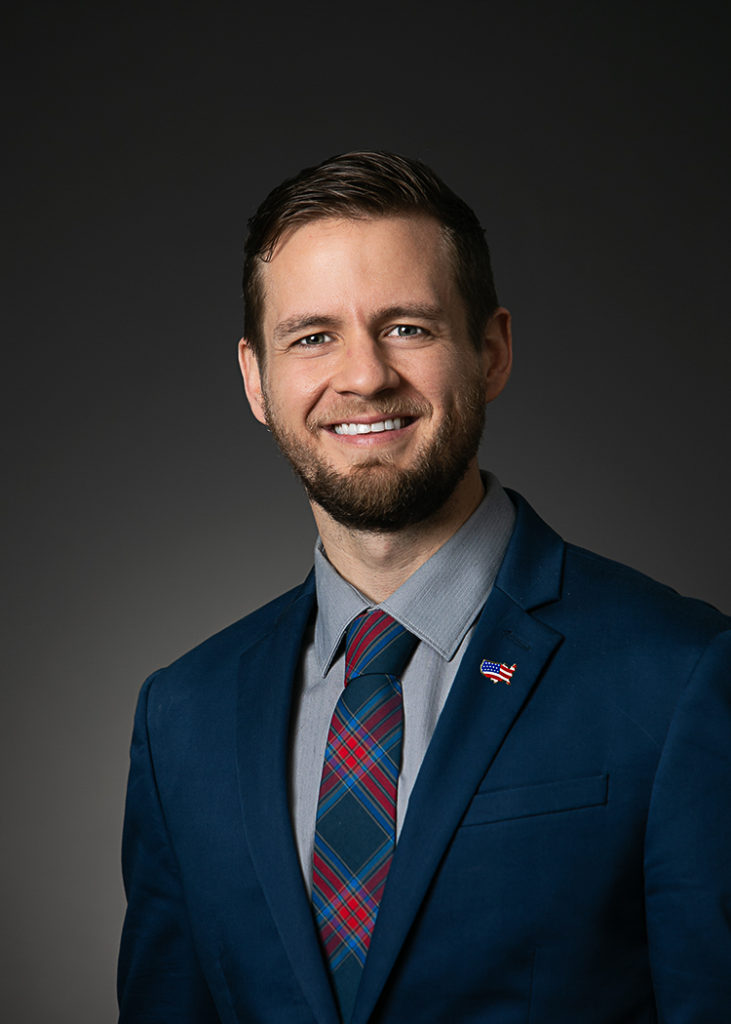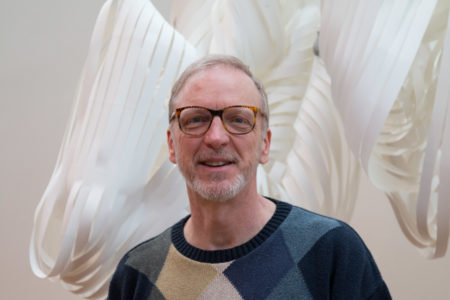
By Zane Silk
silkzane@grinnell.edu
Walking into the Faulconer Gallery, it’s easy to get lost in the magic of the art. However, you likely would never think to ponder the design of the exhibition – the placement of the artwork, the division of the gallery space, the choices of lighting. In a way, the invisibility of the exhibition design process at the Faulconer is a sign that Milton Severe ‘87 is doing his job.
Severe, who is the Director of Exhibition Design at the Faulconer, has been working at Grinnell since after he graduated from the school. Back then, the Bucksbaum Center for the Arts was much smaller and lacked much gallery space beyond a couple hallways and a foyer. After transferring to Grinnell as a student and then graduating with a degree in Studio Art, Severe was hired in 1989 as an art preparator, tasked primarily with preparing artwork for storage or display. For Severe, the choice to return and live in his hometown of Grinnell was not something he had planned on.
“I was born and raised in Grinnell, actually, and then never dreamed that I would be here at this point in my life. I got as far away as I possibly could; I lived in Denmark for a year as an exchange student … I knew that we were going to be getting a new gallery and I just wound up staying in Grinnell,” he said.
That new gallery was the Faulconer, which opened in 1999 as part of Bucksbaum’s expansion. With the establishment of a new space specifically for art, Severe shifted from being an art preparator into his current role, which primarily involves designing each exhibition that comes to the gallery.
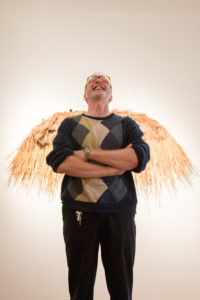
“To start with, whenever a show’s coming … I will get as much information as possible about the artwork and usually speak with the person who is in charge of the show… and then I design the space. I have a model that I built when we first opened the gallery, it’s like an architects’ model, it’s 3D,” Severe said.
Severe thinks long and hard about how to break up the gallery using moveable walls, where to place art, how to light it and many more aspects of the design. He groups different pieces together based on a common theme or visual element in an effort to create a cohesive experience for the viewer. Above all, his goal is to create an exhibition design that lets the artwork speak for itself.
“It’s not like set design, in that you don’t have the freedom of using your imagination to create something that’s more your own … if I do a really good job people shouldn’t think about me,” Severe said. “The art is the most important thing in the space and I think often designers try to design too much because they want to look trendy and fun and cool and a lot of times if you go into museums there are crazy colors that they use on wall… but I try to be very subdued.”
While the exhibitions he designs may not bring attention to the work he does, Severe must nonetheless pay close attention to detail and tackle different problems to achieve the subdued exhibitions he is after.
“I’m just really lucky that this job happened to show up in my hometown. It allowed me to take care of my parents when they were dying and do something I just really love. This is not what I had planned on doing with my life … for a while I thought I was going to be an actor. But this just combines all the stuff that I’ve studied really beautifully,” Severe said.
